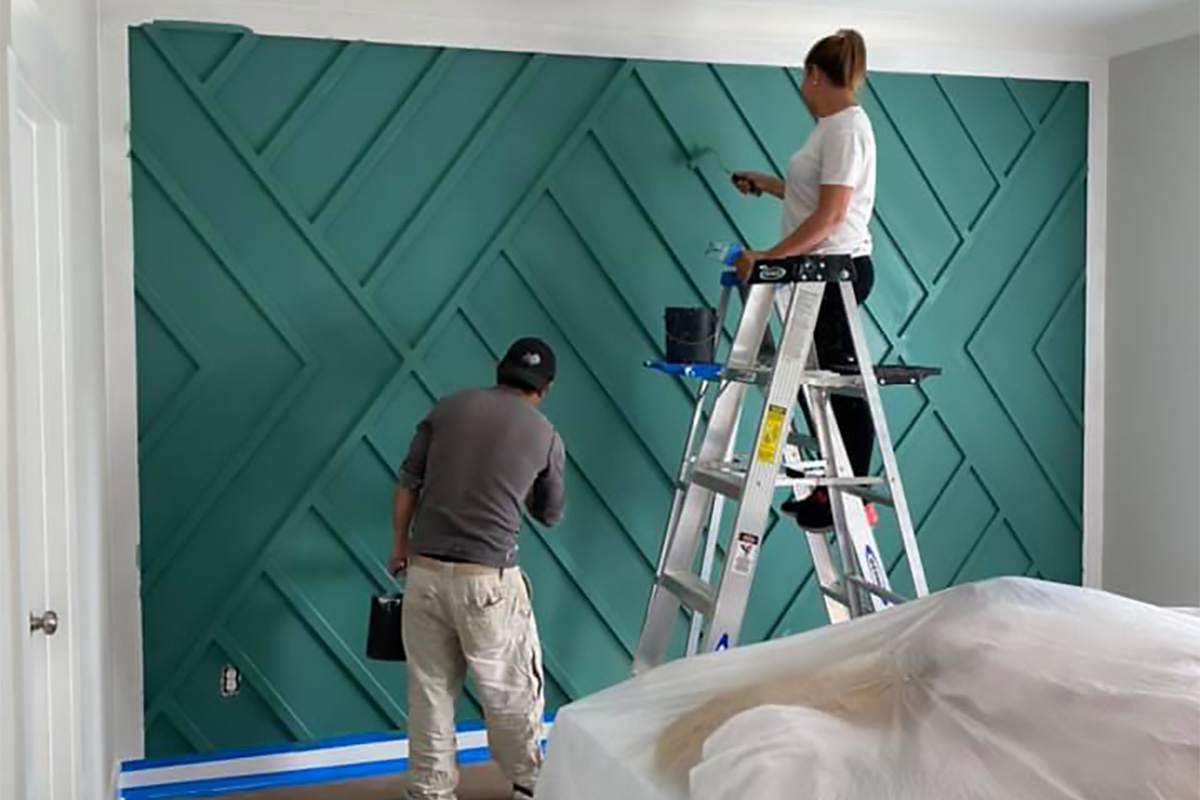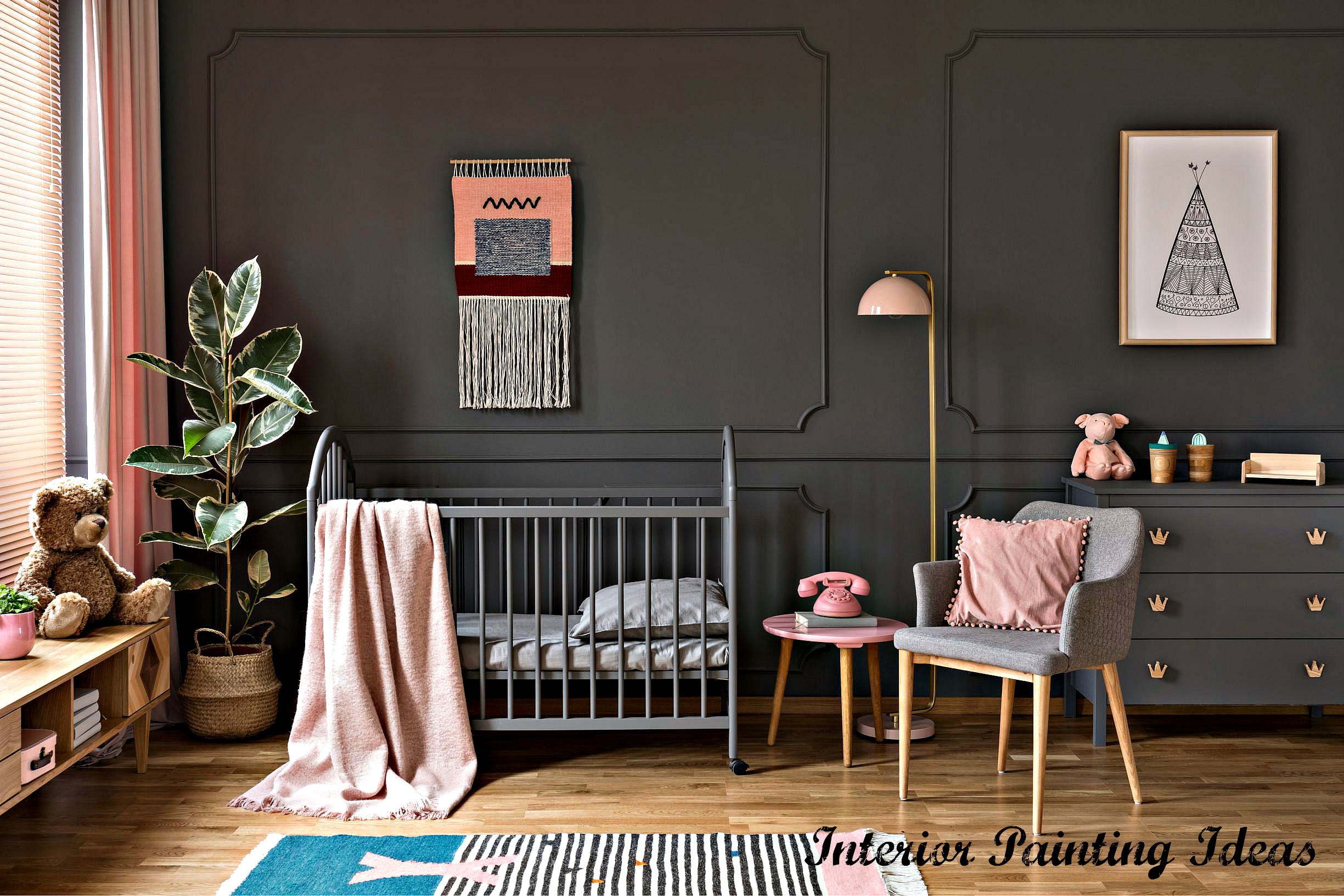Expert Color Consultation in Lakewood for a Stylish and Cohesive Interior Palette
Expert Color Consultation in Lakewood for a Stylish and Cohesive Interior Palette
Blog Article
Enhance Your Interior Decoration With Comprehensive Color Assessment
The combination of shade examination into indoor style presents a distinct possibility to fine-tune and elevate the aesthetic and emotional resonance of an area. By engaging with an experienced shade consultant, you can browse the intricacies of color option, ensuring that your choices not just complement architectural attributes however likewise reverberate with individual style and psychological influence. This tactical partnership can significantly influence the general atmosphere of your setting, promoting a feeling of harmony and function. Comprehending the subtleties of this procedure is essential-- what key facets should be taken into consideration to attain ideal outcomes?
Benefits of Color Examination

Moreover, color assessment help in maximizing natural light and enhancing spatial understanding. Lighter tones can make a room show up even more expansive, while darker shades develop an intimate setting. Cleveland Metro Painting Specialists. This critical application of shade can significantly influence the overall atmosphere of any interior area
In addition, specialist specialists possess an extensive understanding of current fads and classic standards, making certain that the selected colors will stay appealing with time. This insight can conserve customers from pricey redesigns in the future. Finally, color assessment equips customers by providing them with a clear vision and direction, fostering confidence in their style choices and eventually bring about a more enjoyable and effective indoor layout result.
Recognizing Shade Psychology
The significance of shade psychology in interior decoration can not be overemphasized, as it looks into the mental and psychological results that different tones can stimulate in individuals. Shades can influence mood, actions, and even performance, making them a vital factor to consider in any type of design job.
For instance, cozy shades such as red, orange, and yellow are frequently connected with energy and heat. They can promote feelings of excitement and convenience, making them appropriate for social rooms like living areas or kitchen areas. Alternatively, trendy shades like blue, eco-friendly, and purple often tend to evoke calmness and serenity, making them suitable for bed rooms or meditation areas.
In addition, making use of neutral tones can develop a balanced atmosphere by permitting the bolder colors to stick out without overwhelming the detects. Understanding these mental influences makes it possible for designers to create spaces that not just look visually pleasing yet also promote psychological well-being.
Integrating shade psychology into interior layout includes a thoughtful option of colors tailored to the desired function of each area, ultimately boosting the overall experience for its owners. This recognition is essential for attaining a useful and unified interior about his setting.
The Color Wheel Described
It comprises main colors-- red, blue, and yellow-- that can not be developed by blending other shades. Tertiary colors result from blending a primary and a secondary shade, leading to hues such as red-orange and blue.
The shade wheel aids designers comprehend the connections in between shades, including complementary, similar, and triadic plans. Complementary shades, positioned opposite each various other on the wheel, create vibrant contrasts that can invigorate an area.
Using the color wheel in interior decoration not just enhances visual allure yet additionally stimulates certain feelings and environments, making it a crucial recommendation for color consultation. Understanding these connections ultimately empowers developers to produce areas that are both practical and visually exciting.
Selecting the Right Palette
Often, choosing the right palette is a decisive consider achieving an effective interior decoration job. A well-chosen over here color pattern can link a room, enhance its functions, and stimulate desired feelings. To begin, consider the function of the area. Various spaces serve varied features and require schemes that reflect their intended usage; as an example, serene shades such as soft blues or environment-friendlies work well in bedrooms, promoting leisure.
Following, take into account the natural light offered. Light can drastically change exactly how shades appear, so it is vital to evaluate the area at different times of the day. In addition, take into consideration existing architectural elements and home furnishings. An unified palette should match these attributes, producing a cohesive appearance throughout the area.
When selecting colors, use the 60-30-10 policy, which suggests that 60% of the space should be a leading color, 30% a secondary color, and 10% an accent shade. This ratio makes sure equilibrium and aesthetic interest (Cleveland Metro Painting Specialists). Ultimately, example shades on the wall surfaces prior to dedicating, as this permits you to see just how the hues interact with one another and the total atmosphere they develop in your interior decoration job.
Collaborating With a Color Expert

When functioning with a color specialist, the procedure generally begins with a first consultation. Throughout this conference, you'll discuss your vision, choices, and the existing elements in your space. The consultant will analyze your needs and may suggest details shade schemes that line anchor up with your objectives.
After establishing a direction, the specialist will certainly provide examples and visual help to aid you envision the proposed color design. This action is crucial, as shades can appear in different ways under differing illumination conditions.
In addition, a color consultant can direct you in picking corresponding home furnishings, art work, and accessories to balance with your selected palette. By collaborating very closely, you can achieve a refined visual that boosts your insides and creates an inviting ambience. Ultimately, the experience of a color consultant can substantially improve the total effect of your design project.
Conclusion
In summary, detailed color consultation offers as a crucial device for improving interior layout. By leveraging expert expertise of shade psychology and spatial dynamics, a customized color combination can be established to stimulate details feelings and create an unified setting.
By engaging with a seasoned color expert, you can navigate the intricacies of color option, making certain that your options not just enhance building functions yet additionally resonate with personal design and emotional influence. It comprises primary shades-- red, blue, and yellow-- that can not be produced by blending various other shades.The color wheel assists developers comprehend the relationships between shades, including complementary, analogous, and triadic schemes.When choosing colors, use the 60-30-10 guideline, which recommends that 60% of the room should be a leading shade, 30% a second shade, and 10% an accent shade. By leveraging specialist understanding of color psychology and spatial characteristics, a tailored shade combination can be created to stimulate details feelings and create an unified environment.
Report this page